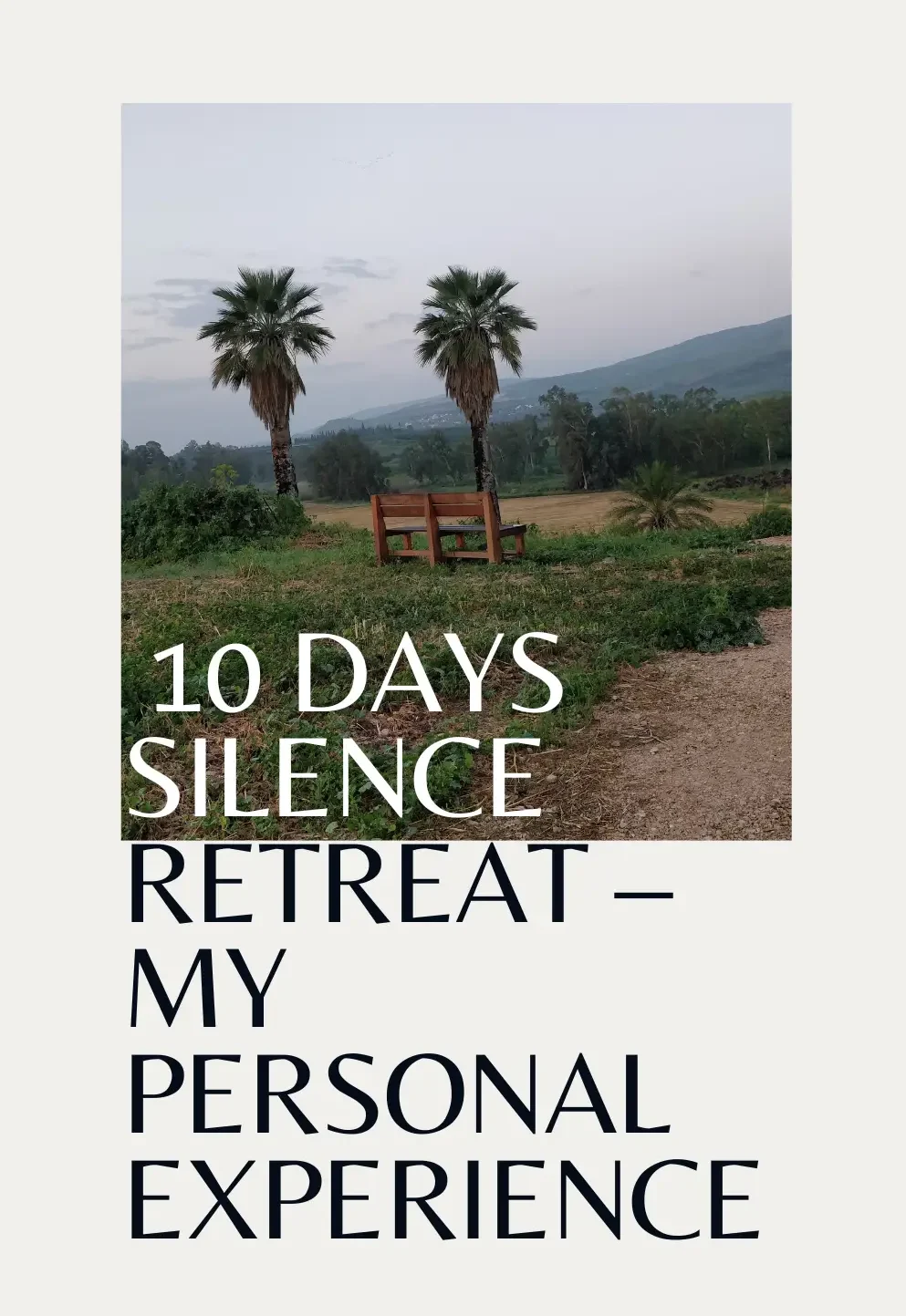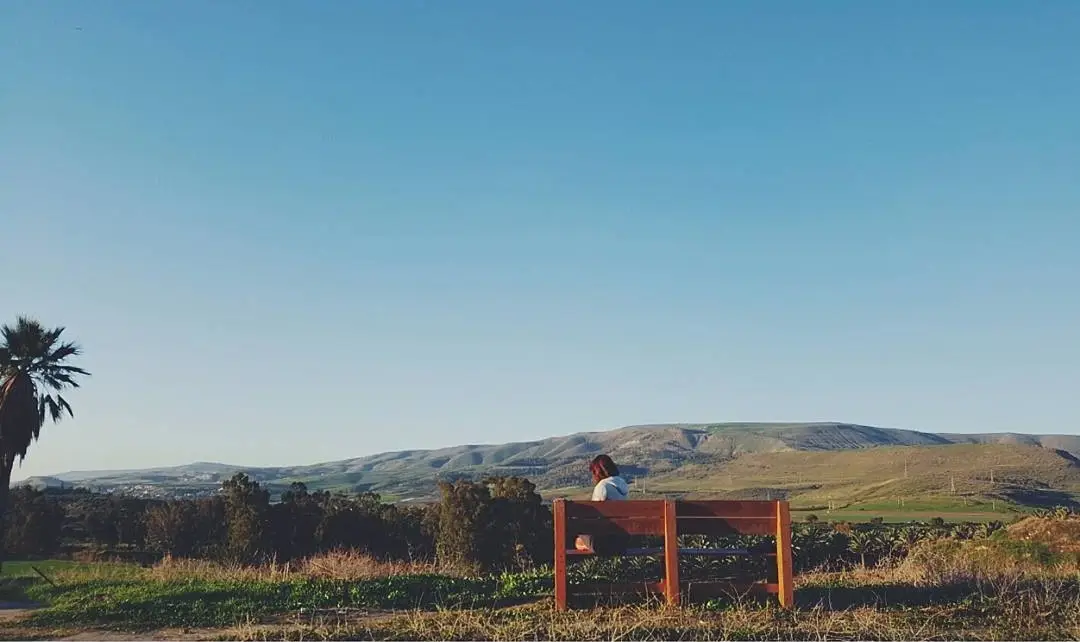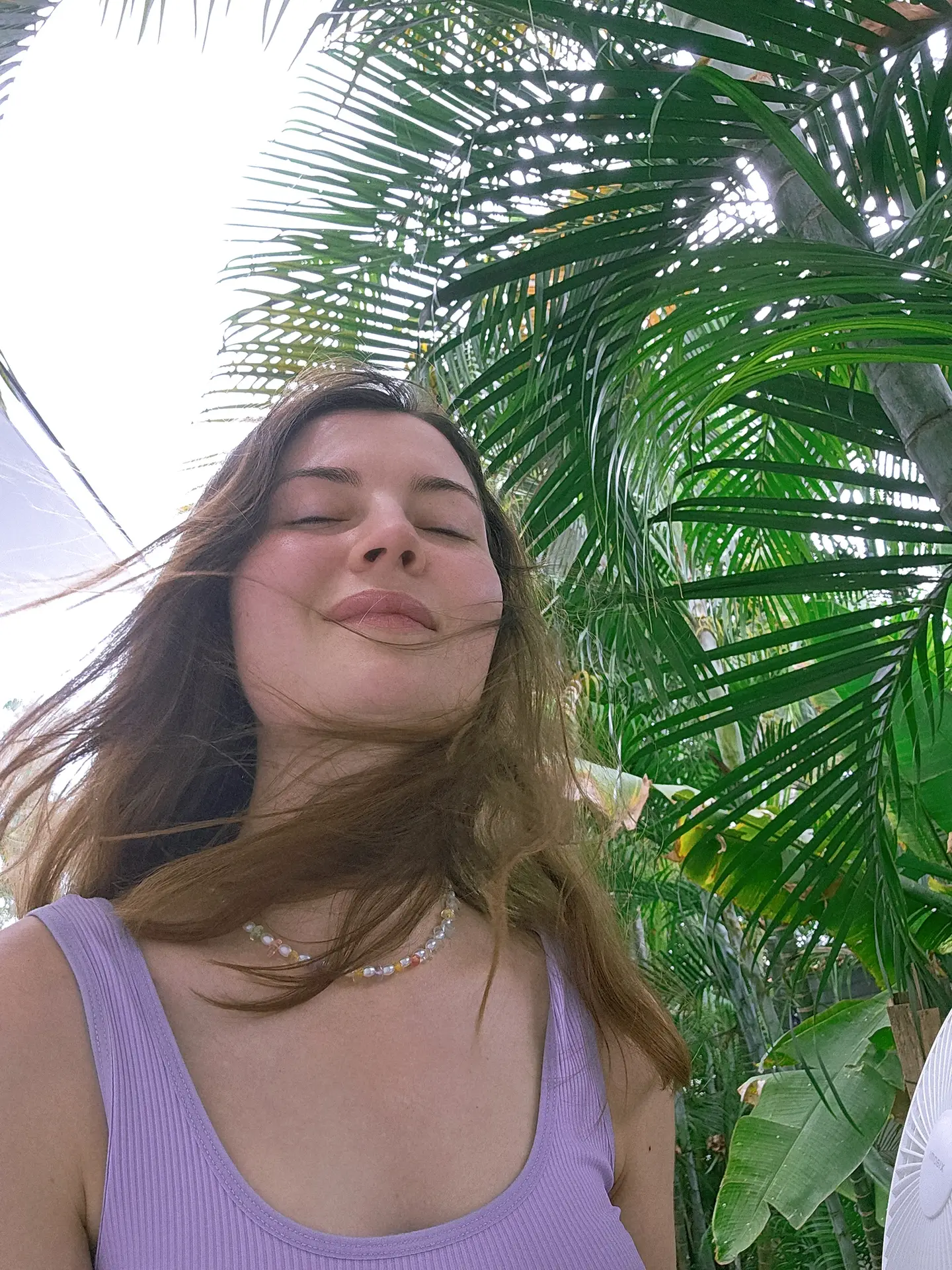
Have you ever wondered what it feels like to do a 10 days silent retreat? Vipassana meditation is known for being life-changing—but also incredibly challenging.
I’ve done it twice, and each time was a unique journey of self-discovery, discipline, and unexpected realizations. In this post, I’ll share what Vipassana really is, my personal experience, the mistakes I made, and the biggest lessons I took from it. Plus, I’ll answer some of the most common questions about attending a Vipassana meditation retreat.
If you’re curious about Vipassana, keep reading—I’ll tell you the real story.
For those who don’t know, Vipassana, which means “to see things as they really are,” is one of the oldest forms of meditation in India, also called insight meditation. It is believed that Gautama Buddha used this practice to attain enlightenment. Since that time, Vipassana has been passed down through generations, but over time it became less widespread as other forms of Buddhist meditation emerged.
It was rediscovered in the modern era by Mr. S.N. Goenka. Goenka developed a system to teach Vipassana meditation in a secular, non-religious way, making it accessible to anyone.
One of Goenka’s key contributions was the 10 Days Silent Meditation Retreat, a structured retreat where participants observe their thoughts, physical sensations, and behaviors in silence. This transformative practice helps individuals develop mindfulness and clear insight into the nature of the mind and body.

In 2016, I started my journey toward self-knowledge, self-observation, and yoga teaching. I had been a vegetarian for two years and was looking for more ways to challenge myself and step out of my comfort zone to get to know myself better. At that time, as a young woman, I wasn’t familiar with who I was or what I should do, so when I heard the word “retreat,” I was all in.
At the time, I decided to do the Vipassana 10 days silent retreat, though I wasn’t quite sure what it was. I didn’t do any research, I just filled out the application form and was excited about it.
But what I was wrong in thinking was that it would be a nice, calm vacation with meditation and beautiful nature views.
Already on the first day, when I arrived, I saw the signs that it wasn’t what I had thought. They asked 3 or 4 times, “If you want to leave now, leave,” because once the course starts, you can’t just leave. But I didn’t listen to my intuition at the time, so I stayed. And my journey of ten days started.
“If you have already stepped on this path, you will not be able to turn back.”
So, the same day, exactly at 8 PM, we stopped talking. But silence wasn’t just about not talking; it also meant not looking at each other, keeping distance, not reading or writing, no smoking, and no exercises. Later I realized there was a reason for it. All this not talking part,was about quieting your mind and brain after all the routine and information you had before coming to the Vipassana meditation retreat.

The first three days we practiced the Anapana technique (mindfulness breathing). This part was about learning how to develop concentration of the mind before starting the more difficult part.Every evening we had a discourse where we listened to tapes about what we learned that day and what to expect the next day. It was very useful and interesting!
I didn’t struggle much during the first days, even with the very intense schedule—waking up at 4:00 AM, eating only twice in the morning, and meditating for almost 10 hours. The only struggle for me was physically finding the right position. My legs were hurting, my back was numb, and I was constantly moving every time I tried to sit still.
After three days of learning and practicing Vipassana, we began to dive deeper into the meditation technique. And that’s when I truly realized what I had signed up for. It was hard. While my mind had certainly become calmer than when I arrived, it also started to spin with thoughts that I hadn’t experienced before—thoughts that emerged because the usual noise and distractions around me were now absent.
I honestly learned so much about myself and the people around me. My dreams became incredibly vivid. I could wake up and recall every word and image from my dreams in incredible detail. At the halfway point of the retreat, I asked the teacher why this was happening, and the answer was fascinating. She explained that the work we were doing was like a mental surgery—quieting the mind in such a way that it became more sensitive and fragile, yet more capable of observing deeper layers of the self.
By maintaining silence and focusing inward, we were creating the perfect environment for mindfulness. This made it easier to observe our internal states, thoughts, and sensations, leading to deeper insights.
On day six, I was meditating in Appathā (sitting still in a state of deep concentration). I was feeling all the sensations in my body, clearly observing them as I moved my focus from my head down to my toes. And that’s when something happened that I was never able to experience again. I felt like my mind was separate from my body—I wasn’t really flying, but my mind felt that way, so strong was the sense of deep concentration.
When I later asked my teacher, she explained that this was an Out-of-Body Experience. Honestly, it scared me a lot. I wasn’t sure if I wanted to continue, but at the same time, I felt excited and good. After that experience, for the next four days, I was afraid to meditate deeply, so I mostly stuck to Anapana and waited for the evening discourse.
On that note, I finished my 10-day silent retreat. It felt weird to start talking again, but what I did feel was an emotional release and happiness. At that point, I thought it would be just a one-time experience, but after a year, I decided to go for a second time. This time, I was more confident and more open-minded in my practice.As a result, the experience was better, and the process was much easier since I knew what to expect.
So, I guess my biggest mistake was coming to Vipassana unprepared. From there, I always recommend to anyone wanting to go to a Vipassana 10-day silent retreat to be prepared. Do some research. Be sure that it’s not a vacation—it’s hard work!

One thing you should know is that doing some exercises beforehand is really helpful. If you have any back or leg problems, it can be difficult to sit still for long periods during meditation. However, I must say that during the meditation sessions, they allow you to choose almost any sitting position that works for you, even sitting on a chair if needed.
I wasn’t prepared for many things, but despite the discomfort, I still consider it one of the most exciting experiences I’ve ever had. In fact, I returned a year later, much more prepared for the challenges.
The 10-day Vipassana retreat shaped my future self in ways I never expected. A few lessons from those days still guide me today.
First, during a discourse, I heard a phrase that stuck with me: “If you have already stepped on this path, you will not be able to turn back.” I am more certain of this than ever. While I don’t meditate daily, mindfulness is now woven into my everyday life—whether I’m eating, walking, or simply going about my day.
Second, the word Anicca has become a daily reminder. It means everything—thoughts, sensations, and experiences—is temporary and constantly changing. This understanding helps me detach from things beyond my control. Even on difficult days, I remind myself: Anicca—this too shall pass.
"Anicca - this too shall pass "
Finally, the parable of The Buddha and the Angry Man stays with me:
A man came to the Buddha, full of anger, shouting insults. The Buddha remained calm. When the man tired, the Buddha asked, “If someone offers you a gift and you do not accept it, to whom does it belong?” The man replied, “To the one who offered it.” The Buddha then said, “In the same way, I choose not to accept your anger. It remains with you.”
This story reminds me that I have the power to choose my response. Do I accept the “gift” of negativity—or let it stay where it belongs?
You need physical and mental preparation before Vipassana. Be ready for the demands of sitting for long periods, and mentally prepare for the intensity of the experience. It can be a challenge, but it’s worth it.
Stay open-minded to the knowledge and practice. Embrace the experience, even when it feels challenging or unfamiliar.
Respect the Meditation Process: When you join the retreat, you commit to following the rules and structure of the course. Embracing this process is essential for a meaningful experience.

Vipassana is a powerful practice that can truly transform your life from the inside out. If you’ve ever considered doing a 10-day silent retreat—just go for it. I did mine at the Israel Vipassana Meditation Center, Dhamma Pamoda, in Tiberias, and it was an unforgettable experience. I’m sure that if you’re reading this, you’re already doing your homework, and trust me, you’ll be much more prepared than I was! If you have any questions, feel free to reach out to me through the contact form—I’d be happy to help.
Vipassana 10-day meditation retreats are offered on a donation basis. At the end of the course, you can contribute any amount you feel comfortable with. Keep in mind that each retreat is supported by donations from previous participants.
Women and men are housed in separate areas of the retreat center. The only place where both genders come together is in the meditation hall, where participants are seated on separate sides of the room
Participants are expected to stay for the full 10-day course to receive the full benefits of the practice. Leaving early is only allowed under special circumstances, such as an emergency or health issue.
Pack comfortable clothing, shoes, and toiletries for personal hygiene. Keep in mind that you should pack lightly, as only essential items are needed during the retreat.
There is a designated time each day when participants can meet with a teacher to ask questions. If your question is not related to the practice itself, you can approach a retreat assistant (curator) for guidance.
No, the first time you attend a Vipassana 10-day silent retreat, it must be for the full 10 days to complete all the necessary teachings. However, once you’ve completed the 10-day course, you can choose shorter courses (1, 3, 5, or 8 days) for future retreats.
Not ready for a full retreat yet? Start with something simpler! Check out my post on 5 Meditation Techniques for Beginners to ease into your practice.